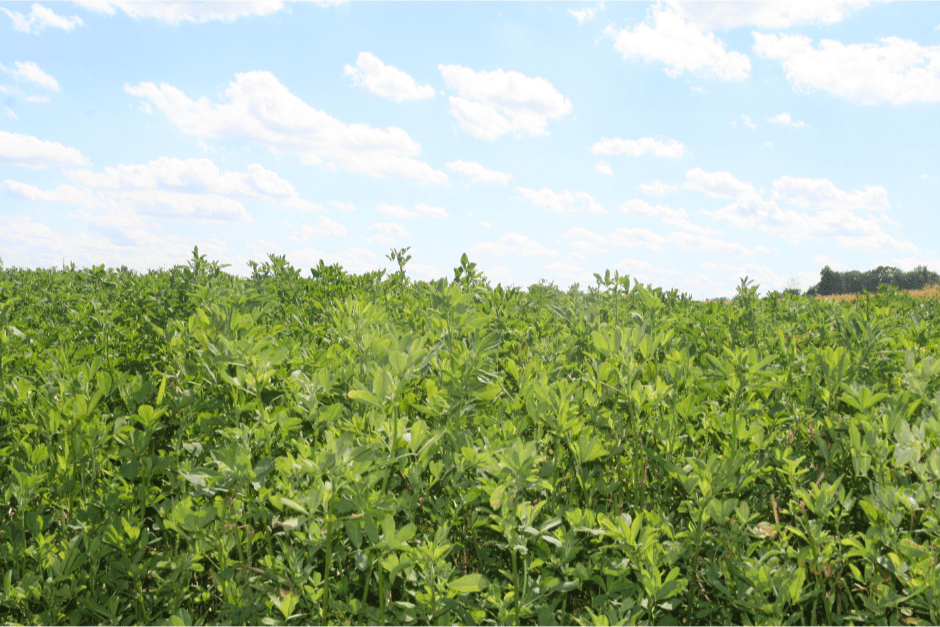Spring Planting Tips: A Conservation-Focused Approach to Getting Fields Ready
Spring is here, and with it comes the opportunity to implement practical, conservation-minded planting strategies that benefit your land long-term. Whether you’re seeding forage crops, pastures, or wildlife plots, these tips are designed with no-till and minimum-till systems in mind to help you build soil health, minimize disturbance, and maximize productivity.
1. Know Your Soil Temperature
For conservation planting, understanding your soil is step one. Cool-season crops like oats, barley, and peas can germinate when soil temperatures hit the low 40s and are expected to rise. Use a soil thermometer at a 2-inch depth around mid-morning to get a consistent reading. Waiting for the right temperature helps avoid overworking the soil and ensures better seedling success without aggressive tillage.
2. Prepare a Conservation-Friendly Seedbed
Skip the deep tillage—focus on preserving residue and moisture. In no-till or reduced-till systems, residue from previous crops acts as mulch, protecting young seedlings and preserving organic matter. Where minor prep is needed, consider shallow vertical tillage or no-till drills to maintain soil structure and minimize erosion.
3. Choose the Right Seed Mix
In conservation systems, species selection is everything. The Early Grazer Mix is a standout for its quick establishment and soil-building benefits:
- 30% Forage Oats – Builds early biomass, excellent for erosion control
- 30% Barley – Grows quickly, offers strong nutrient cycling
- 37% Winter Peas – Fixes nitrogen and improves organic matter
- 3% Pasja Brassica – Breaks up compaction and supports regrowth
This mix is well-suited for early grazing while enhancing the long-term health of your soil.
4. Time Your Planting with Moisture and Soil in Mind
Avoid rushing into wet fields that may lead to compaction or disturb soil biology. Aim to plant once your field conditions are firm enough to support equipment without rutting and when soil temperatures are rising. Cool-season plants perform best when planted early—without sacrificing soil integrity.
5. Weeds and Pests: Think Preventative and Minimal
In a conservation system, integrated weed and pest management is key. Early-season weed suppression with cover residue, along with timely mowing or spot-spraying, reduces the need for full-field herbicide use. Choose pre-emergent solutions only when necessary, and pair with cultural practices like diverse rotations.
6. Protect Soil Moisture
No-till systems excel at moisture conservation. Residue cover reduces evaporation and buffers temperature extremes, both critical for germination. Monitor moisture but avoid unnecessary irrigation that could disrupt soil biology or create crusting.
7. Fertilize with Soil Health in Mind
Soil testing is even more important in reduced-till systems. Apply nutrients based on soil test data, and consider slow-release or organic options to reduce runoff risk. Banding fertilizers at seeding can improve uptake and minimize surface exposure.
Plant with a Purpose
Spring planting is more than just putting seed in the ground—it’s an opportunity to build soil, manage water, and support long-term productivity. Using conservation-minded practices helps you work with your land, not against it. Want to know which seed fits your conservation plan? Give us a call—we’re here to help you plant smarter.

